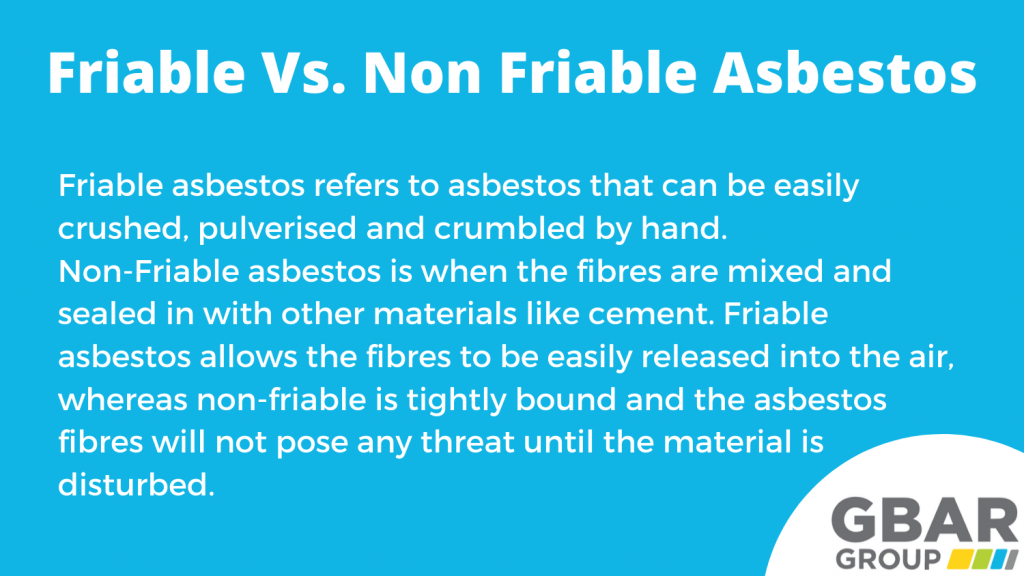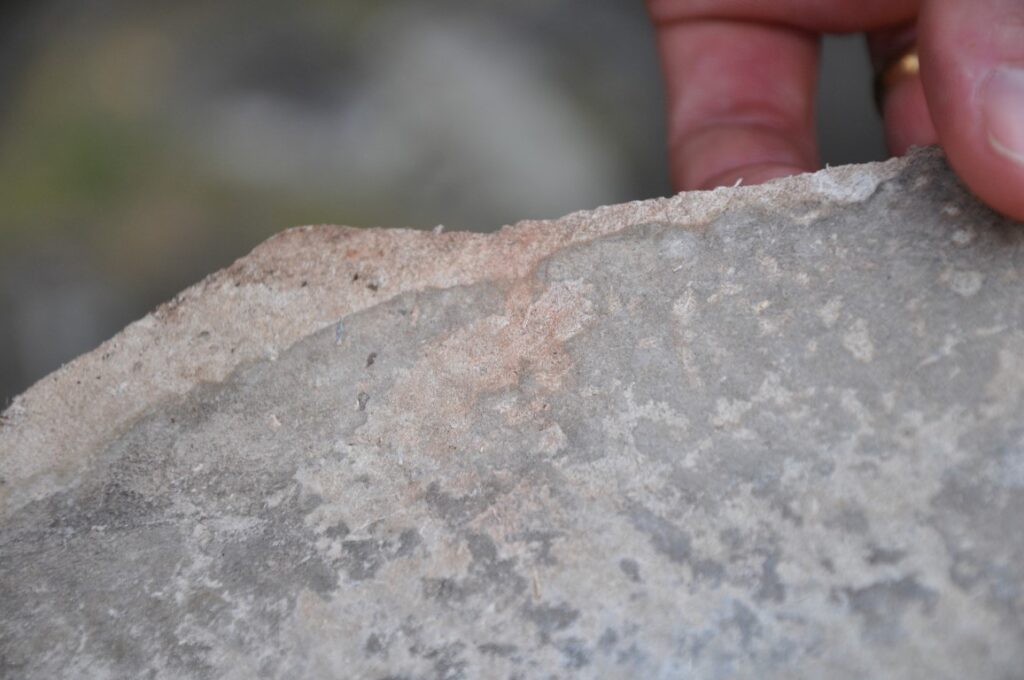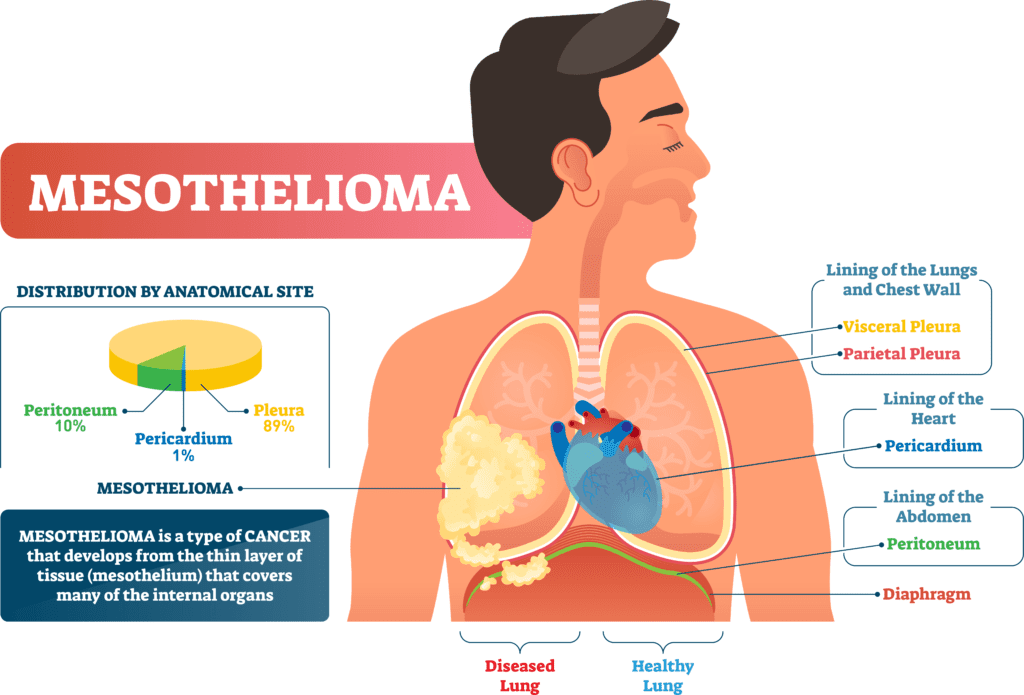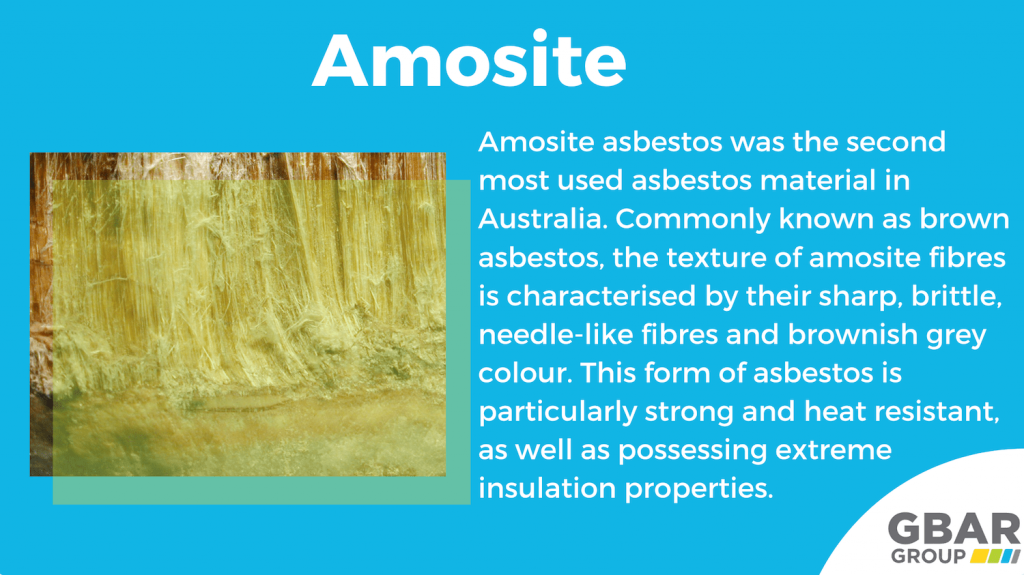Asbestos, a mineral that was widely used in construction materials in the past, can be a hidden danger in older buildings. While many people know that asbestos can be harmful to health, one common misconception is that the color of asbestos can be determined just by looking at it. However, identifying the color of asbestos is not as straightforward as it may seem. In this article, we will explore whether or not you can tell the color of asbestos from looking at it and shed light on the importance of proper testing and management of this hazardous material.


Understanding Asbestos
Asbestos is a naturally occurring mineral that has been used in various industries for its desirable properties such as heat resistance and durability. Although it was once widely used, we now understand the dangers associated with asbestos exposure. It is essential to have a clear understanding of what asbestos is, the health risks it poses, and how to identify it.
What is Asbestos
Asbestos is a fibrous mineral that can be found in different forms. These forms include chrysotile, amosite, and crocidolite, which are also known as white, brown, and blue asbestos, respectively. These fibers are microscopic and easily become airborne when disturbed, making them a significant health hazard if inhaled.
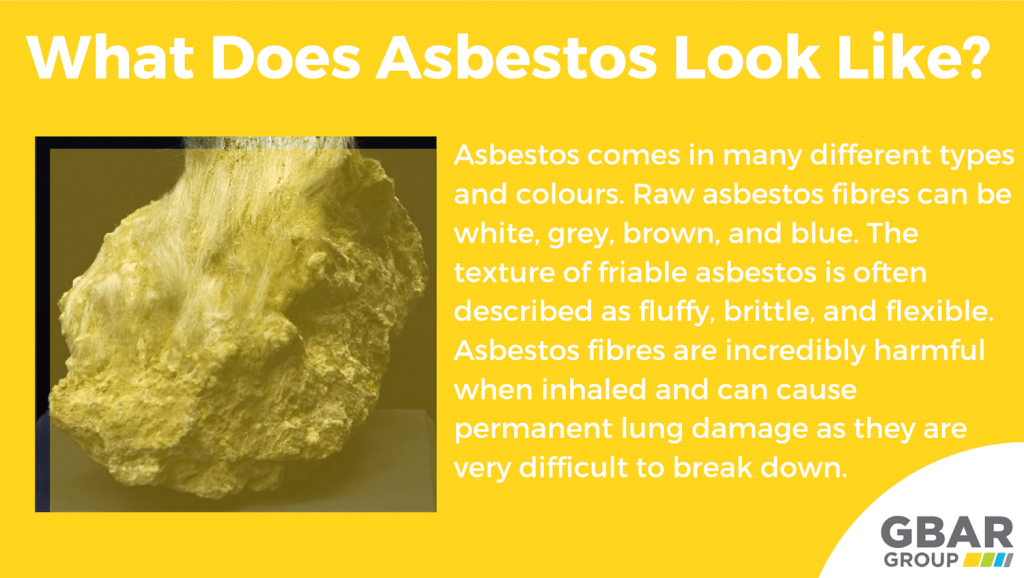

The Dangers of Asbestos
Health Risks
Exposure to asbestos can lead to severe health issues, including lung diseases such as asbestosis, lung cancer, and mesothelioma. These diseases can take years or even decades to develop after inhaling asbestos fibers, making it difficult to detect and treat in the early stages. It is crucial to be aware of the potential risks and take necessary precautions to prevent exposure.
Legal Regulations
Due to the significant health risks associated with asbestos, there are strict regulations in place to protect workers and the general public. These regulations govern the handling, removal, and disposal of asbestos-containing materials. Compliance with these regulations is essential to minimize exposure and ensure the safety of everyone involved.
Asbestos Identification
Physical Appearance
Identifying asbestos solely based on its physical appearance is challenging as it can resemble other harmless materials. Asbestos fibers are thin and flexible, making them easily woven into various products. They can be found in insulation, roofing materials, flooring, and even some household items. It is vital to consult professionals and conduct proper testing to accurately identify the presence of asbestos.
Fiber Types
The three main fiber types of asbestos dictate its color and characteristics. White asbestos, or chrysotile, is the most common type and is found in products like cement sheets, ceiling tiles, and automotive parts. Brown asbestos, or amosite, has a darker color and is often used in thermal insulation products and pipe insulation. Blue asbestos, or crocidolite, is the rarest and most hazardous type, commonly found in marine insulation and textiles.
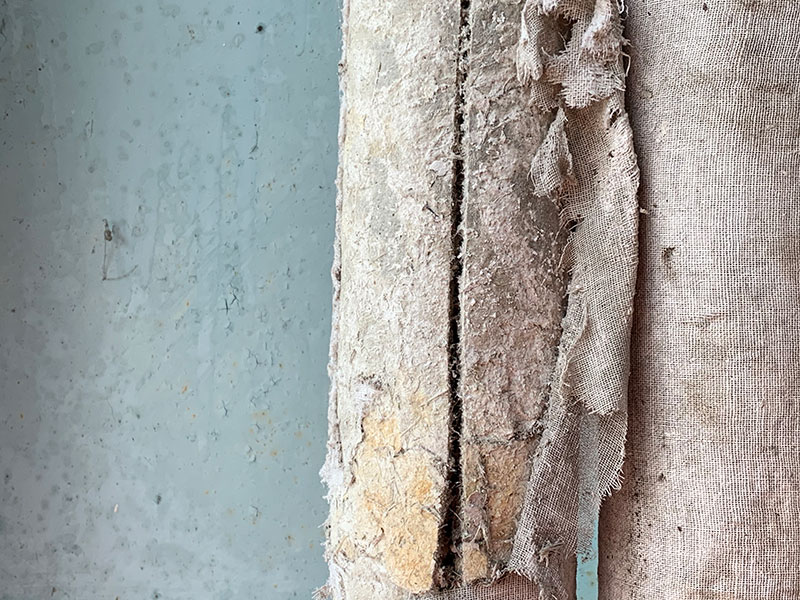

Factors Influencing Asbestos Color
Mineral Composition
The color of asbestos is primarily determined by its mineral composition. Different minerals present in the asbestos fibers can give them distinct hues. For example, the presence of iron in the mineral composition of crocidolite gives blue asbestos its unique color, while white asbestos is mainly composed of magnesium, silica, and calcium.
Processing Techniques
The way asbestos is processed can also influence its color. The methods used to mine, refine, and manufacture asbestos products can introduce impurities or alter the chemical structure, resulting in variations of color. Additionally, different additives or binders used during product manufacturing can affect the appearance of asbestos-containing materials.
Common Asbestos Colors
Asbestos can appear in various colors, but the most prevalent colors associated with asbestos are white, brown, and blue.
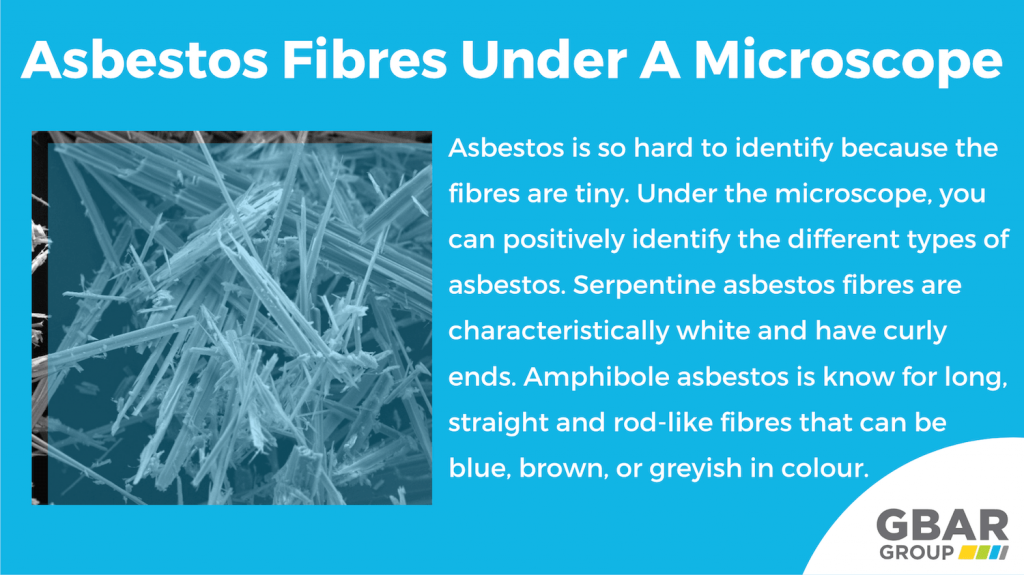

White Asbestos
White asbestos, or chrysotile, is the most commonly used type of asbestos. It is white in color and has a curly or serpentine fiber structure. It is often mixed with other materials like cement to create products such as roofing tiles, pipes, and insulation boards. Although white asbestos is less hazardous than the other types, it can still pose significant health risks if released into the air and inhaled.
Brown Asbestos
Brown asbestos, also known as amosite, has a brown or tan color and has straighter fibers compared to white asbestos. It has excellent heat resistance properties and was commonly used for insulation in buildings, electrical components, and plumbing. Exposure to brown asbestos can lead to severe health issues, including lung diseases and cancer.
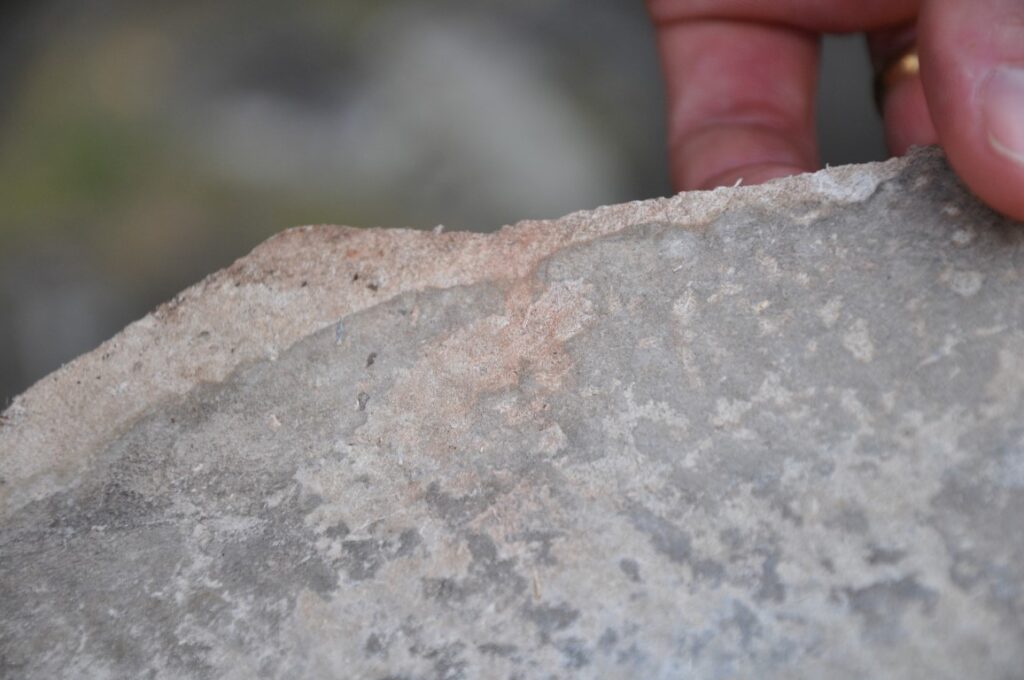

Blue Asbestos
Blue asbestos, or crocidolite, is the most dangerous type of asbestos due to its high iron content. It has a blue color and extremely thin fibers, making it easily airborne and easily inhaled. Blue asbestos was primarily used in insulation, particularly in shipbuilding and automotive industries. The inhalation of blue asbestos fibers is strongly linked to the development of fatal diseases such as mesothelioma.
Conclusion
Understanding asbestos and its potential dangers is crucial for the safety and well-being of individuals exposed to it. While identifying asbestos based solely on its color might be challenging, proper testing and professional assistance are necessary to accurately determine its presence. It is essential to adhere to legal regulations and take precautions to prevent exposure to asbestos fibers. Remember, asbestos-related diseases can take years to manifest, making early detection and prevention paramount. Stay informed, seek professional advice, and prioritize safety when dealing with asbestos-containing materials.


